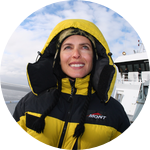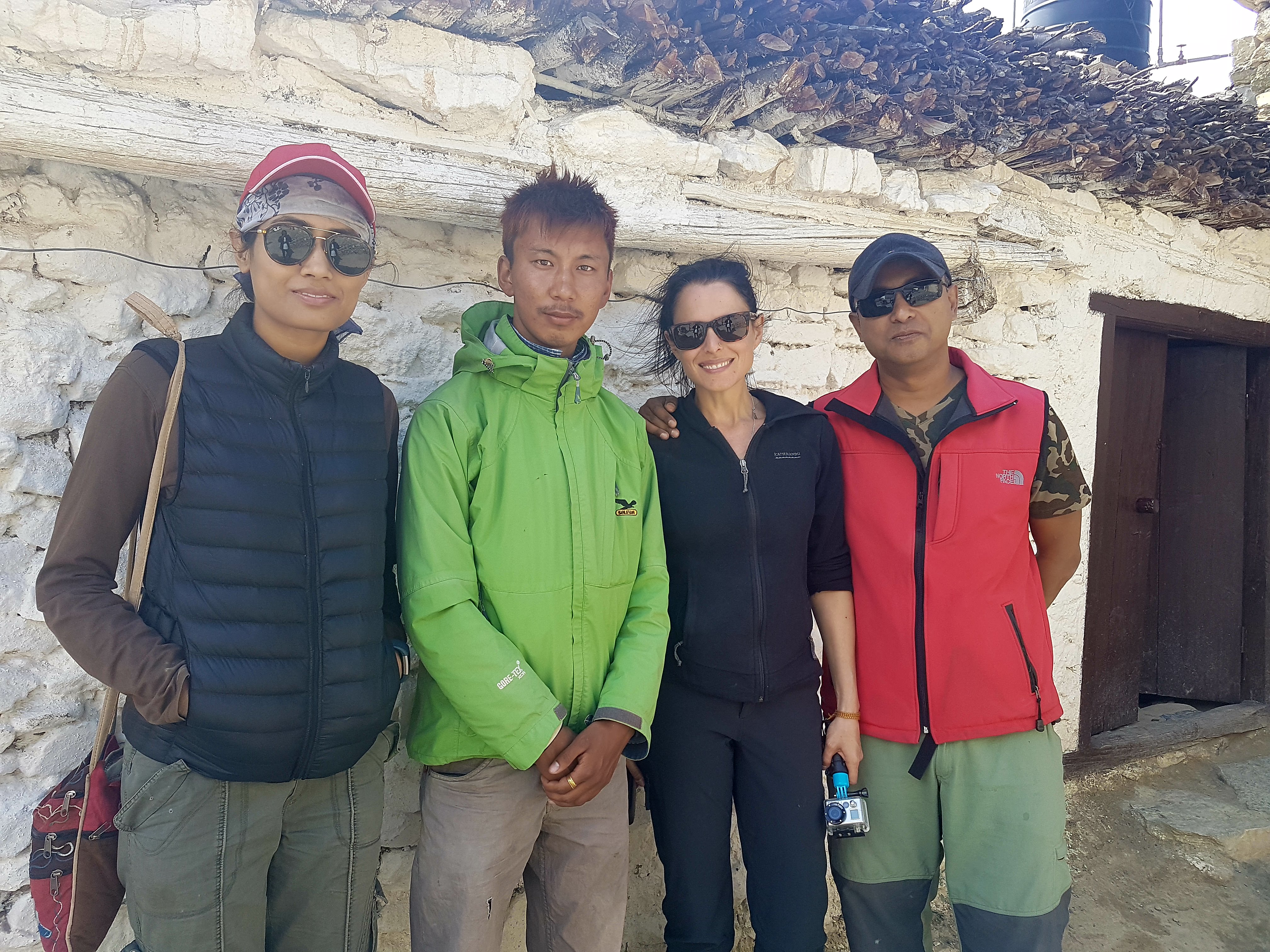About This Project
Endangered species, like snow leopards and tigers, are hard to identify and track using the time consuming and expensive methods currently available. This project will revolutionize the ability to rapidly identify species by developing an easy-to-use kit to determine the DNA within their remains for the quick and accurate identification of illegally trafficked species, and identifying feces of animals in remote locations; crucial for conservation efforts. This is year 2 of development.
Ask the Scientists
Join The DiscussionWhat is the context of this research?
Monitoring the presence of fecal material in the field can help identify population declines, as well as assess the effectiveness of conservation actions. However, feces and other animal remains are often misidentified, leading to falsely assumed species presence and wasting limited conservation resources. The genetic analysis of animal products, although a useful tool in species ID also has a number of challenges that prevent its widespread application: it is time consuming, success rates are typically low, and costs are too high for large-scale studies or for those countries that do not have access to costly equipment. After 6 months initial development at McMaster University, we're well on our way with a novel paper-based DNA biosensor that resolves these issues.
What is the significance of this project?
Developing a highly portable, easy to use, accurate and inexpensive genetic kit to identify species from their remains is a crucial conservation initiative. Such a device will not only enable scientists to accurately monitor endangered and elusive species in remote environments but also allow local communities and tourists to participate in monitoring programs. This means that we could more accurately assess species distribution, population structure and abundance and significantly broaden the monitoring of illegal trafficking in wildlife parts.
Ultimately, the low-cost and usability of the kit will greatly expand the monitoring abilities within developing countries that are often severely limited.
What are the goals of the project?
After an initial 6 months with the lab at McMaster University, we've proven the concept can work! i.e we have successfully amplified a short sequence of snow leopard DNA on paper and can link it to a color response, yes or no. We have also proven that the system is sensitive to a range of DNA concentrations. I've also spent 5 weeks in Mustang with the Centre for Molecular Dynamics understanding the challenges of the Himalayan terrain and importance of community involvement.
The next step will develop methods to increase the sensitivity and specificity of the technique to detect low concentrations of DNA and ensure snow leopards can be distinguished from their closest relatives. I currently have a generous grant of $20000 from Panthera and lab support from the team at McMaster.
Budget
I am conducting the lab phase of the project at McMaster University outside Toronto, Canada. They have a team of experts assisting me in the design of the kit. I need to fly to New York at least once in the next 6 months to meet with my collaborators and to access snow leopard samples from the American Natural History Museum. Finally, I need to fly to Nepal to conduct field validation experiments and to collaborate with the Centre for Molecular Dynamics in helping communities struggling with snow leopard livestock depredation
Endorsed by
 Project Timeline
Project Timeline
Every month at McMaster I'll submit a new lab note which details our progress. As the work is largely experimental it is difficult to know exactly what we're able to achieve. However, we envisage that by targeting multiple regions of the snow leopard genome we should detect increasingly lower concentrations of DNA. I will report both the successes and failures so that supporters understand the true nature of science. Will also report our fieldwork in Nepal with video and photos.
Jul 30, 2017
Project Launched
Oct 31, 2017
Quantify amount of RCA product produced from snow leopard DNA of different concentrations
Jan 15, 2018
Fly to New York to present work to Panthera and the American Natural History Museum
Feb 15, 2018
Target multiple regions of the snow leopard genome in DNA amplification and determine whether the amount of RCA product increases
May 15, 2018
Travel to Nepal for field validation and to further foster relationships with the communities in Mustang
Meet the Team
Team Bio
I sought out three of the world's experts in biosensor technology (Professor Yingfu Li), snow leopard research (Dr Tom McCarthy) and molecular diagnostics (Dibesh Karmacharya) as I knew they would be essential to helping make this useful method a reality and ensuring it is put to good use in the future.
Natalie Schmitt
I’m a conservation genetic scientist, science presenter and documentary film maker with a strong passion for exploring new genetic techniques to assist in the monitoring of rare and elusive species as well as developing holistic and community-driven solutions to conservation. Through my PhD with the Australian Antarctic Division and involvement in projects on endangered species, I have conducted international collaborative research which has, and will improve our understanding of population structure, animal movement and behavior; providing scientific advice to inform Australia's policy position at the International Whaling Commission (IWC) and assist in the conservation of Australia’s endangered marsupials. As an international science presenter and documentary film maker with Discovery Channel and Storyteller Productions, I have worked in developing countries and have seen the close relationship between poverty and unsustainable practices which have greatly impacted species biodiversity. By empowering people in the right way we can achieve amazing things in conservation. My passion is also in combining art with conservation science to educate and inspire people on the interconnectedness of all things and the importance of conservation work.
Additional Information
This is a labour of love for me. I’ve been willing to sacrifice so much because I truly believe in the application of this method to help save endangered species. By donating you also become an essential part of this project. Truly effective conservation starts and ends with the support of communities and people.
Project Backers
- 50Backers
- 138%Funded
- $6,100Total Donations
- $122.00Average Donation





